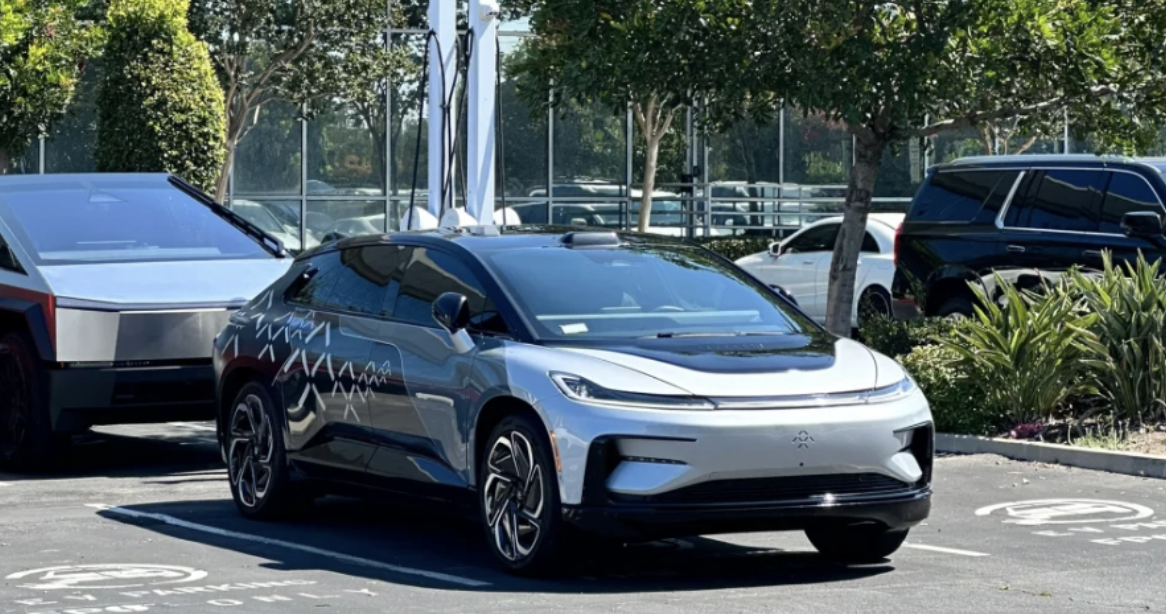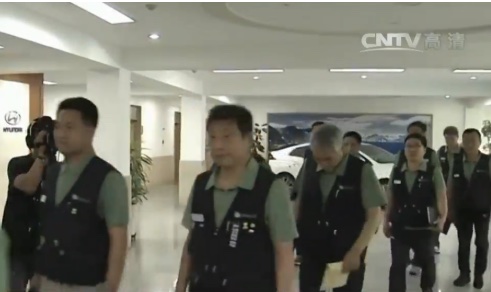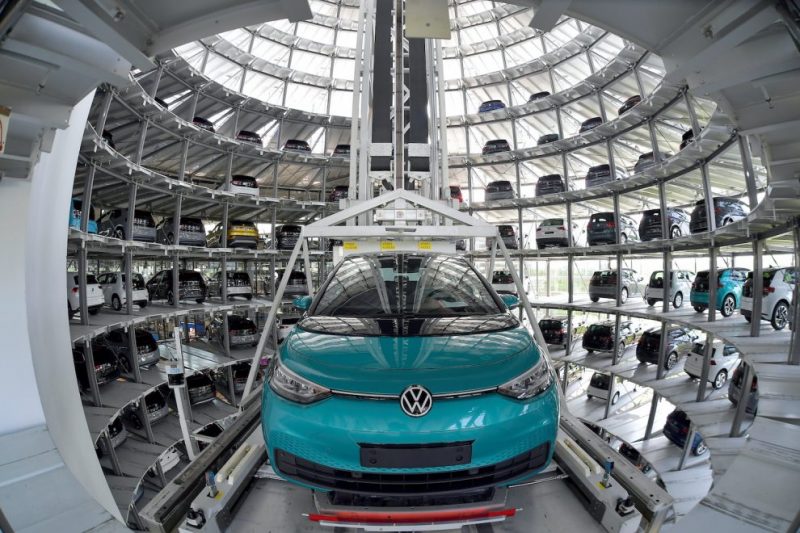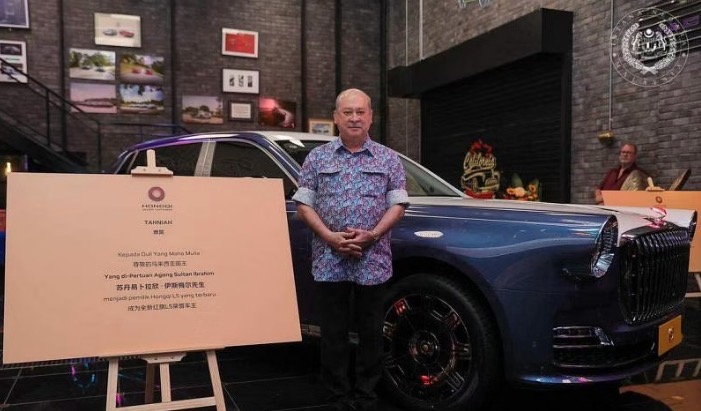According to reports from foreign media, on the morning of September 28, an FF 91 caught fire in a two-story building near Faraday Future’s Los Angeles headquarters, causing an explosion that severely damaged the building’s walls. Faraday Future’s PR director, John Shirin, confirmed that the incident did not affect employee safety, and the cause of the fire is still under investigation, with no evidence of human factors found so far. The Los Angeles Fire Department extinguished the fire within 40 minutes of receiving the report, and no casualties were reported. The involved building has been marked as “red” and is prohibited from use until structural repairs are completed.
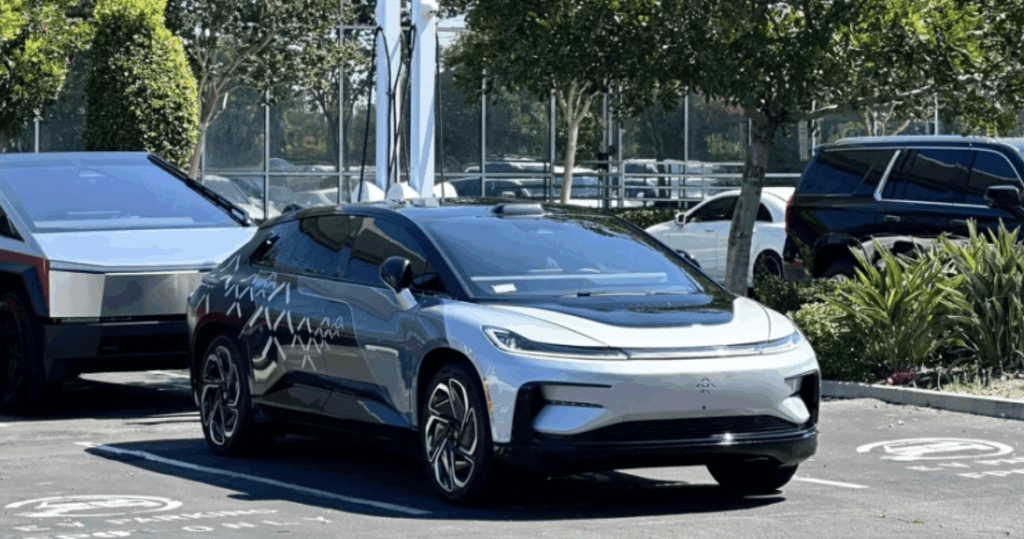
On September 30, Faraday Future issued an official statement confirming that a fire broke out in one of its subsidiary office buildings at its U.S. headquarters in the early hours of September 28 (Pacific Time). The company stated that the incident did not cause any injuries, and its headquarters’ operations are normal. An investigation into the cause of the fire has been launched in collaboration with relevant authorities.
According to the Faraday Future report, the fire originated from an FF 91 display vehicle parked inside the building. The fire caused minor damage to the office building’s walls, but the glass structure remained intact without any breakage or collapse. As for the vehicle, the overall structure remained intact, with key components such as the tires, wheels, battery pack, and undercarriage largely undamaged, and no explosions or severe damage occurred.
Faraday Future emphasized in its statement that the vehicle involved in the fire was an early engineering prototype (BETA vehicle) with the model code B40, one of the earliest test versions of the FF 91. Its power system and battery pack, which uses 18650 cylindrical battery cells, have been in use for nearly nine years, and the interior materials did not meet the fire-retardant standards for mass production models. Therefore, this vehicle significantly differs from the current mass-production version of the FF 91 in terms of technical specifications and safety design. Based on onsite investigation and initial analysis, Faraday Future believes the most likely cause of the fire was a short circuit in the showroom’s electrical system or poor contact in the vehicle’s 12V low-voltage wiring, leading to a short circuit. The company made it clear that the possibility of a fire or explosion originating from the battery pack has been ruled out, and this incident will not affect the safety of the mass-produced FF 91 or trigger a vehicle recall.
Faraday Future first launched the FF 91 in 2017, positioning it as an “ultra-luxury electric SUV” with industry-leading range claims. However, the company faced several financial crises, and it wasn’t until 2023 that the first mass-production FF 91 vehicles were produced. Since mass production, Faraday Future has delivered over a dozen FF 91 units to celebrities and high-net-worth individuals. On September 26, Faraday Future announced that it would officially deliver the next FF 91 2.0 Futurist Alliance on October 8, with the owner being Calvin Gong, the president of Pinnacle Real Estate Group. Pinnacle is one of Southern California’s largest Chinese real estate agencies, headquartered in Southern California, operating three branches, and employing over 1,000 real estate agents. Its business spans residential and luxury home sales, commercial real estate investment, financing, and property management.
On September 29, Faraday Future founder and co-CEO Jia Yueting revealed the second model plan for the FX brand, the FX 4. The goal is to create a disruptor to the RAV4 in the AIEV era. He also announced the FX Super One Middle East Final Launch event on October 28 and plans to begin deliveries in the Middle East market in November, along with significant updates on the FX 4 project and product design.
